A review and sample photos of the Ms-optics APORIS 135mm F2.4 lens used with a medium format digital sensor camera and a 35mm full-frame mirrorless camera.
- Please see the disclaimer regarding advertising here.
- Italicized links in the text are advertisement links that take you to other sites.
Table of contents
Gallery
The sample photos were taken with the following cameras:
- LEICA SL typ601・35mm full-frame sensor mirrorless camera
- HASSELBLAD X2D-100C・Medium format digital sensor camera
- LEICA M typ240・Digital rangefinder camera
- SONY α NEX-6・APS-C size sensor mirrorless camera
Review
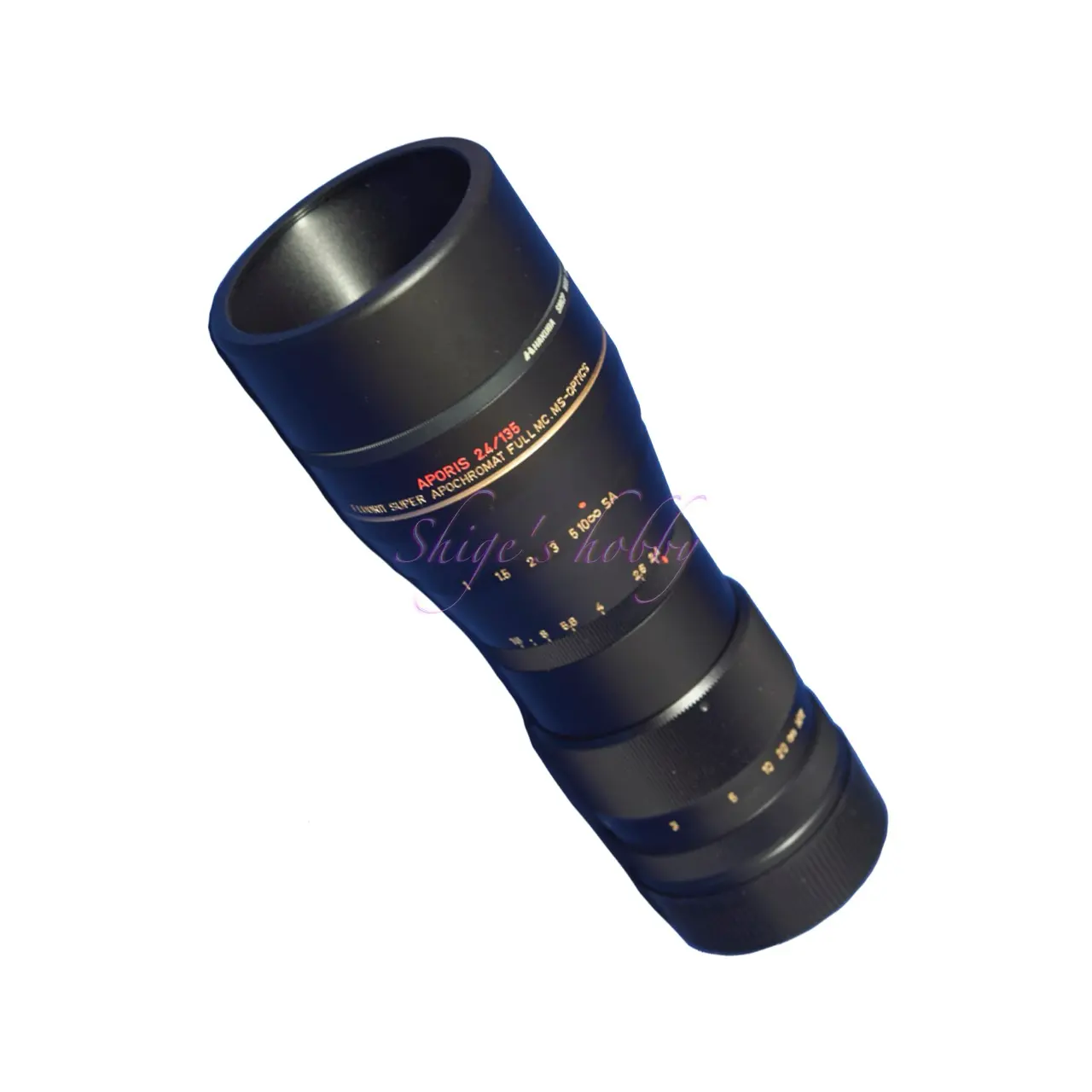
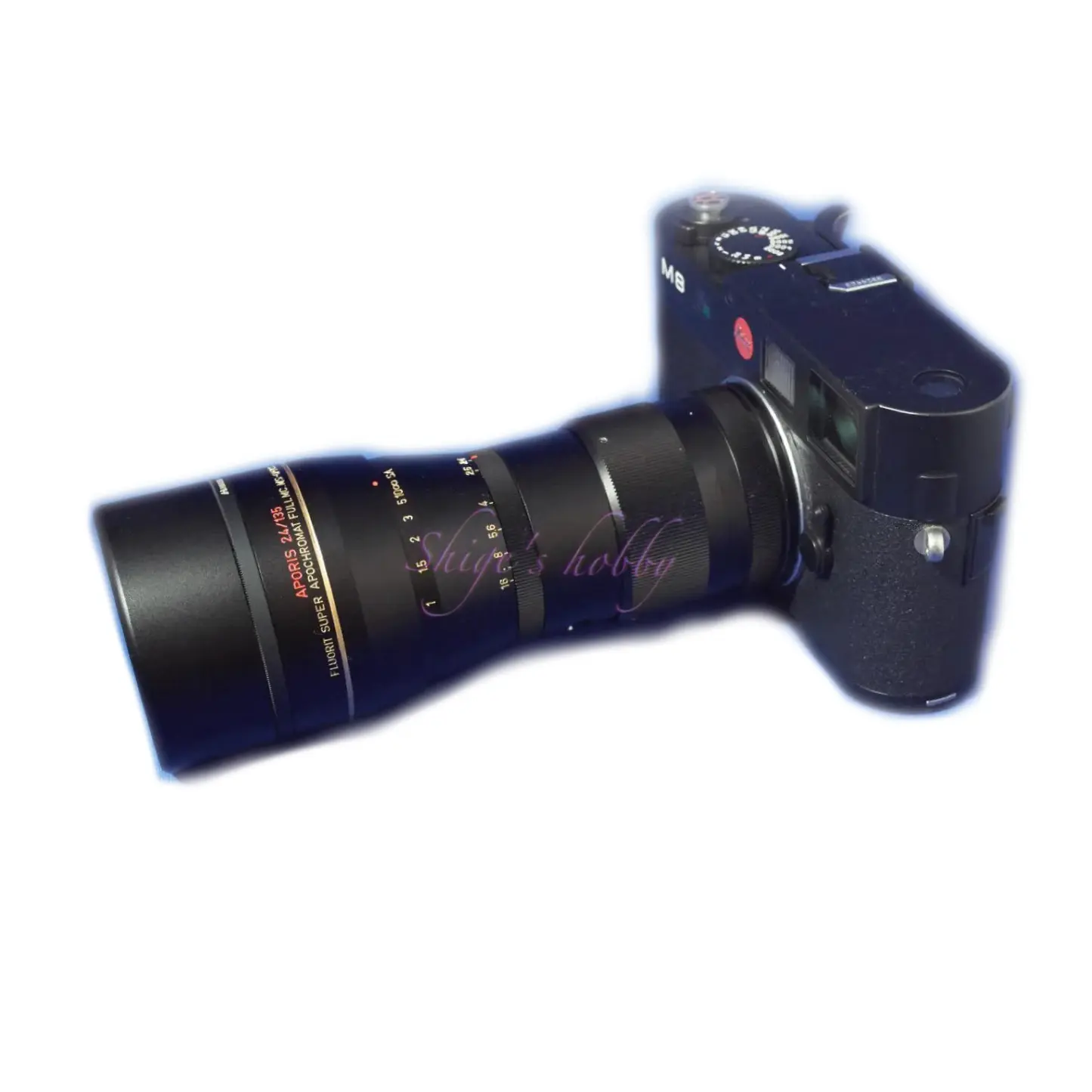
1.Overview
The APORIS 135mm F2.4 is a long-focus lens with a focal length of 135mm released by MS-Optics (Miyazaki Optical) in 2017.
The main specifications are as follows, and details are listed in the table.
- Aperture value: 2.4
- Lens construction: 4 groups, 5 elements
- Aperture blades: 16 elements
- Minimum shooting distance: 1.6m
- Leica M rangefinder camera rangefinder linkage: None
- Hood: Dedicated reverse screw, screw-in (58mm diameter)
- Filter: 58mm diameter, reverse screw-in
The lens type is a telephoto type, and uses an Ernostar type for brightness.
The lens is an apochromatic lens named after Apo, and is designed to eliminate chromatic aberration, making it a luxurious lens that uses Canon Optron’s fluorite glass in some lenses.
The lens comes with a 58mm screw-in reverse hood; to attach a filter, remove the hood and attach a 58mm filter in reverse, then attach the hood.
In addition to the released lens, a lens barrel that would work in conjunction with a rangefinder camera’s rangefinder was also planned, but it was shelved because the Leica M-type double image coincidence focus adjustment did not allow for accurate focus at full aperture, and incorporating the rangefinder linkage mechanism of a rangefinder camera near the lens mount would cause vignetting in the corners.
In addition to the Leica M-mount version, a T-mount version with a longer flange back has also been released, which can be used with various manufacturers’ SLR cameras via a T-mount adapter.
The lens is slim and has a focal length of 200mm, and when attached to the camera, it resembles the nose of Pinocchio, who was lying, as shown in the photo above. The four controls shown in the image below are located closest to the camera, and are the focus ring, coma adjustment, aperture ring, and spherical aberration adjustment.
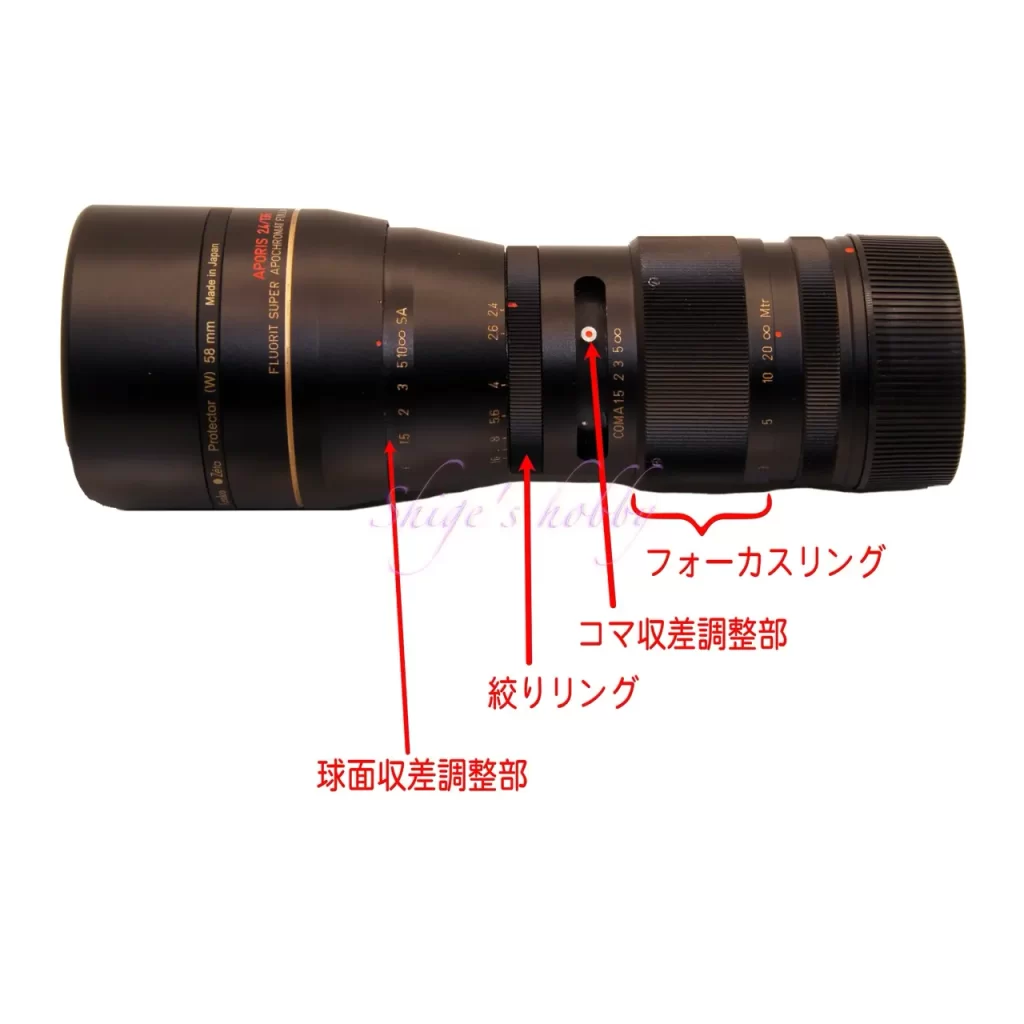
2.Usabillity
MS-APORIS 135mm F2.4はMs-Opticsがリリースしたもっとも焦点距離の長いレンズで、焦点距離を生かしたボケと中判デジタルセンサーカメラで90%カバーする広いイメージサークルが特徴だ。
概要で述べたとおり、紹介するMマウント版はライカM型カメラの距離計に連動しないため、まともにピント合わせをするためには、M型ライカデジタルカメラに電子ビューファインダーを追加するか、マウントアダプター経由でミラーレスカメラに装着して使用する必要がある。
操作性はもっと使うフォーカスリングの幅が十分にあり回転角度も最短撮影距離の1.5mまで約180度あるので微妙なフォーカス操作ができる。収差調整リングと絞りリングはリング配置が適切で誤操作の可能性は少なく、また、適度なトルクがありるため撮影中に触れても変更されることはない。
描写については各カメラでの使い勝手の中で言及する。
■ミラーレスデジタルカメラ LEICA SL Typ601
LEICA SL Typ601は440万ドットのEye-resと呼ばれる高精細電子ビューファインダーを装備しており、このレンズを使うのに適したカメラの一つだ。
この電子ビューファインダーの拡大機能により、焦点距離135mm、F2.4の薄いピントを目的の場所に合わせることができる。
描写はピント位置は全面でフラットに解像し周辺部で大きく崩れることもなく、ピント位置からズレた前後のボケは滑らかに描写される。
■中判デジタルセンサーカメラ HASSELBLAD X2D-100C
HASSELBLAD X2Dで使用したところ、44 x33mmのセンサーのうち全体の約90%をカバーしている。
描写は1億画素に対応できており、レンズの完成度の高さを感じさせる。
X2D-100Cで使う場合の注意点としては、このカメラはシャッター機構を持っていないため、レンズシャッターを持っていない本レンズは電子シャッターで撮影となる。電子シャッターによる撮影は静音性が高いメリットがあるが撮影中に被写体が動いたり、画像記録中にカメラが動くと、電子シャッター特有のローリング歪みが撮影画像に発生するというデメリットがある。
ローリング歪みを回避するためには、フジフィルムのGFXシリーズのようにカメラ側にシャッター機構を持っているカメラで利用する必要がある。

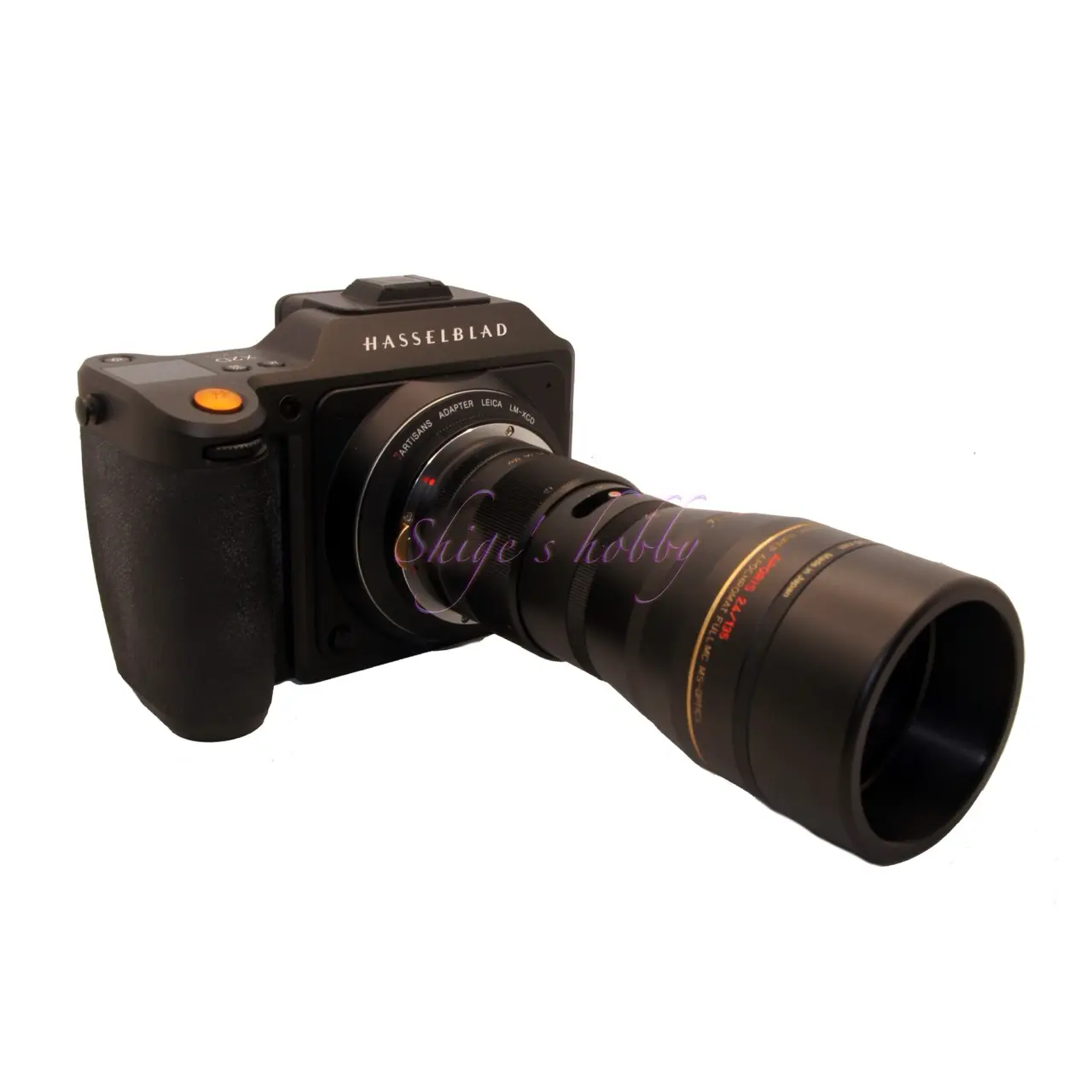
■デジタルレンジファインダーカメラ LEICA M typ240
LEICA M Typ240はLEICA SL Typ601と同じ2400万画素のデジタルカメラで描写についてはLEICA SL Typ601と遜色はない。オプションの電子ビューファインダーEVF2を装着していない場合、ピント位置は目測で合わせることになるため現実的には使えない。
LEICA M typ240にEVF2を装着することにより、ミラーレスカメラと同等になるが、LEICA M typ240+EVF2は撮影後のフリーズ時間が長いなど、システム的古さが見られ実用性は低く、これを使うのであれば、あらかじめEVFを搭載したミラーレスカメラで使用する方がストレス無く撮影ができる。
■APS-Hサイズセンサーミラーレスカメラ SONY α NEX-6
MS-APORIS 135mm F2.4をAPS-Cサイズセンサーを搭載したNEX-6で使用した場合、センサーサイズによって周辺部がカットされるため、35mmフィルム判換算焦点距離はオリジナルの焦点距離135mmに換算係数1.5を掛けた202.5mmとなる。
この場合、まさにこのレンズの描写がもっともよい中心部を使うことになるため、より大木さんセンサーを搭載したカメラの画像と比べて画面全体の解像度はよくなったように感じられる。
焦点距離が約200mmと望遠レンズの範囲に入るため、中央部分に主被写体がくる単調な写真になりがちなので、扱いが難しいレンズになる。
3.Summary
In conclusion, to sum up the MS-APORIS 135mm F2.4, it is Ms-Optics’ longest focal length lens, with a wide image circle that is sufficient even for 35mm full-frame sensor cameras, and true to its APO name, it produces high-resolution photos with little color bleeding.
An M-mount version has been released, but it should be noted that it is not rangefinder coupled.
Specification and Competitor
I remember Mr. Miyazaki saying that the Canon Optron fluorite glass used in the lens is very expensive. Since additional production may be difficult due to glass procurement issues, this lens may become valuable in the future as lens evaluations are reassessed.
Miyazaki-style variable mechanism
This lens is equipped with a variable mechanism to control the image quality unique to Miyazaki lenses.
There are two types of Miyazaki-style variable mechanisms:
- VARIO PETZ 57mm and VARIO PRASMA 50mm have a spherical aberration (SA) variable mechanism.
- SONNETAR 50mm and SONNETAR 73mm have a coma aberration variable mechanism.
For lenses other than the VARIO PRASMA 50mm, the variable mechanism is changed by removing the lens and adjusting the position of the rear lens element, so changing the settings outdoors was hesitant due to the risk of dust getting on the sensor.
The APORIS 135mm is equipped with the two variable mechanisms mentioned above, but the lens barrel has an adjustment lever, so the variable mechanism can be operated while the lens is attached, making it easier to adjust the variable function when shooting.
This was possible because the APORIS has a generous barrel size.
Focal length: 135mm
Whether for rangefinders or SLRs, prime lenses with a focal length of 135mm have low market value.
As mentioned in the Elmarit R 135mm for Leica R mount, the main reason is that the focal length is absorbed by zoom lenses and is difficult to use for everyday photography.
The Leica Apo-Teleit M 135mm stands out among prime lenses with a focal length of 135mm. This lens maintains a high price because it is the latest 135mm lens and is not often seen on the used market because new lenses are not selling very well.
This lens also cost over 100,000 yen when it was released, and did not sell well, so it was often seen in camera stores. However, as of 2024, seven years after its release, it is no longer seen on the used market.
- The lens construction diagrams are quoted from each company’s materials, and the sizes have been adjusted by us, so they are not exact.
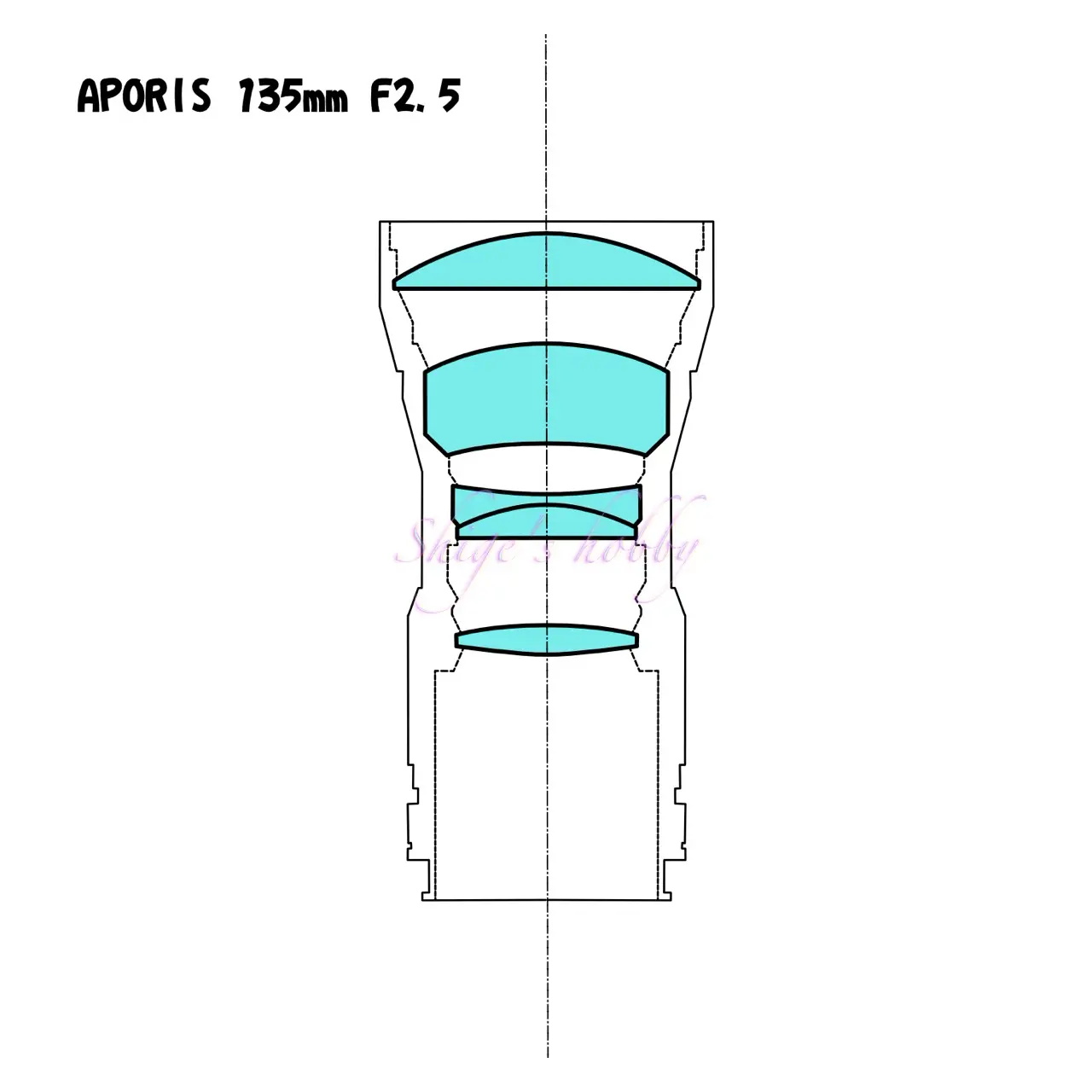
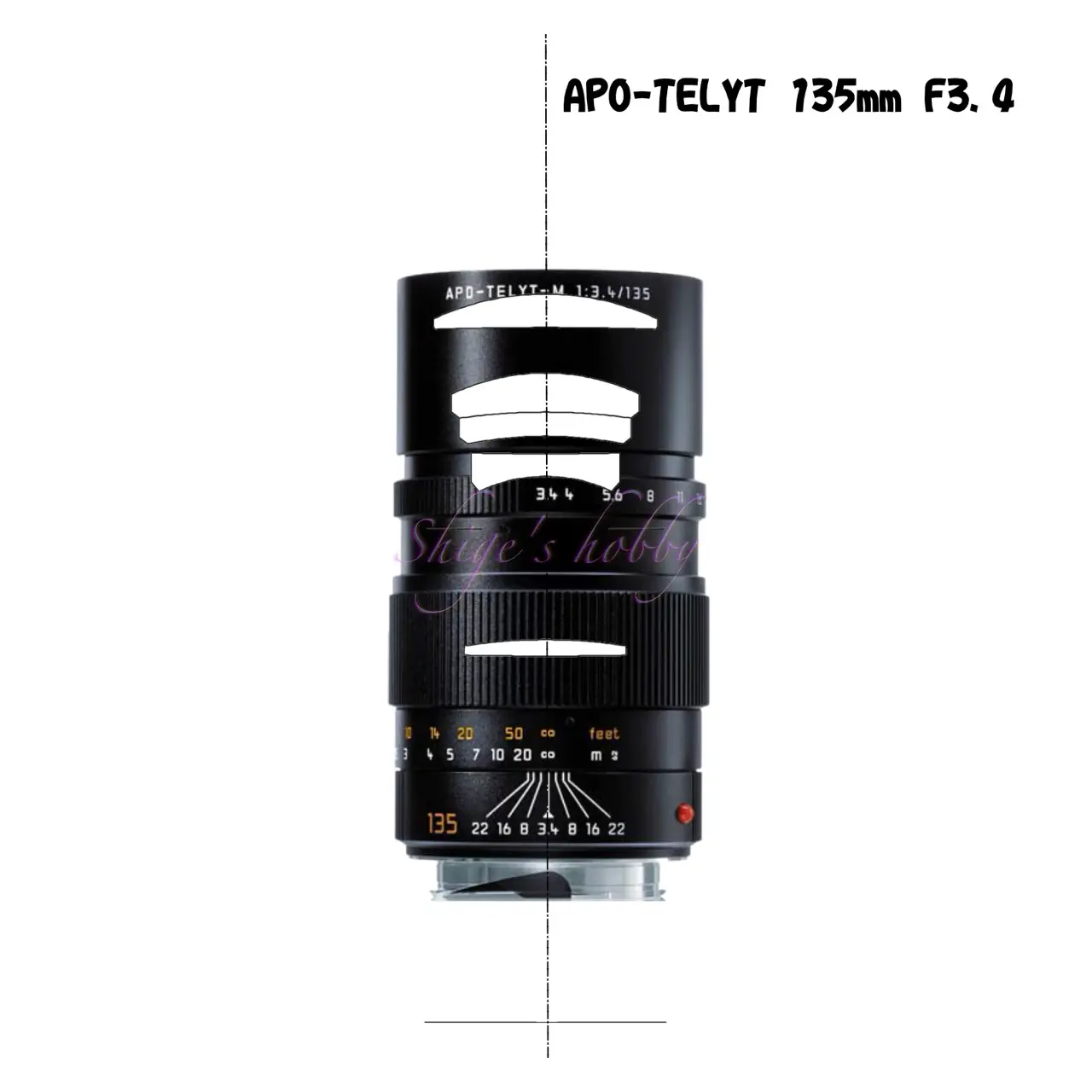
| Item | Value | APO Telyt |
| Focal length(mm) | 135 | 135 |
| Max aperture | 2.4 | 3.4 |
| Min aperture | 16 | 22 |
| Aperture blade | 16 | 10 |
| Lens Construction | 5 elements in 4 groups | 5 elements in 4 groups |
| Min distance(m) | 1.5 | 1.5 |
| Length(mm) | 122 M mount | 104.7 M mount |
| Max diameter(mm) | 60 | 58.5 |
| Filter size(mm) | 58 | 49 |
| Weight(g) | 366(lens only) | 450 |
| フード | Dedicated cylindrical 58mm reverse thread | Build in |
| マウント | Leica M rangefinder not coupled | Leica M rangefinder coupled |
| Release date | 2017.05 | 1998 |
Reference links
Update history
- 2025.4.7
- 2024.11.11
- 2024.07.28
- 2024.03.14
- 2023.05.06
Affiliate links
- Please see the disclaimer regarding advertising here.
- Italicized links in the text are advertisement links that take you to other sites.

Amazon Prime Sale

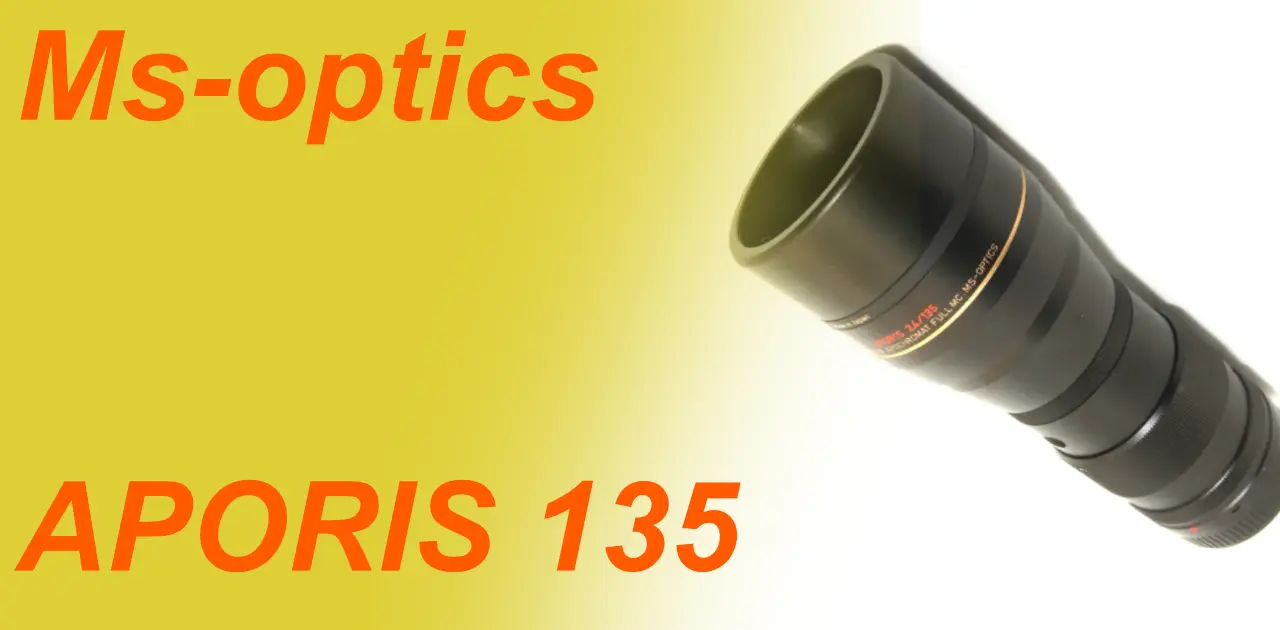

Be First to Comment